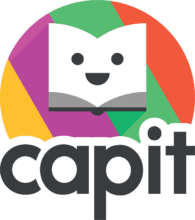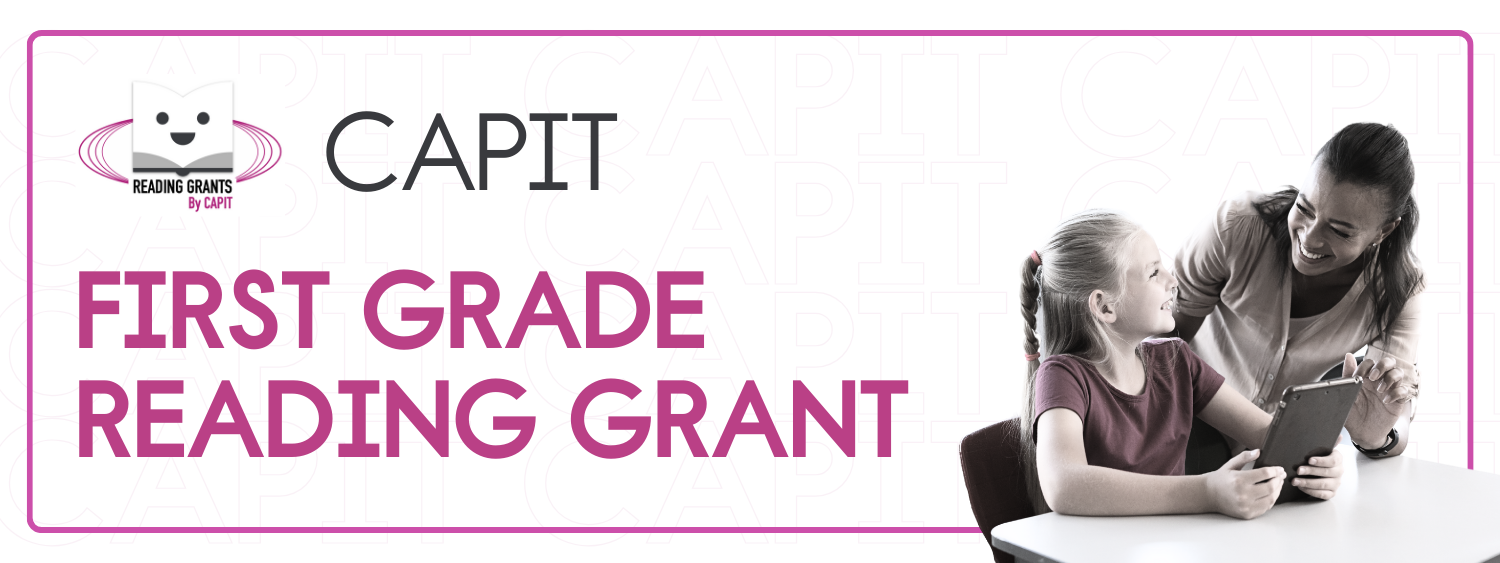How an Ounce of Prevention Transforms Literacy Intervention
Watch the RecordingListen to the Podcast
National literacy rates remain at an all-time low, and many schools are shifting to more core phonics curricula for their existing ELA programs. During the edLeader Panel “A Revolution in PK-2 Literacy: Invest in Prevention and Do Less Intervention,” three pathfinding school leaders revealed how to revolutionize your district.
“You make Tier 1 strong and you’re going to have fewer students who need intervention,” said Floyd Jolley, Director of Curriculum for Peach County Schools (GA). Jolley pivoted to prevention when most districts nationwide honed in on intervention and pandemic learning loss.
“The results speak for themselves,” said Luis Quan, Principal of P.S. 126X Dr. Marjorie H. Dunbar Elementary School (NY). Quan’s school is in one of the largest school districts in the United States and has a population that has historically experienced reading gaps.
Similar to Jolley, Quan began focusing on foundational skills around the time of the pandemic. He invested in kindergartners with CAPIT, a PK–2 science-based, research-proven core phonics curriculum. Now entering second grade, these former kindergarteners are ready for more advanced reading skills like finding meaning in the text.
When students master foundational reading skills early, it lifts the “cognitive load,” freeing their ability to learn when instruction becomes more text driven, according to Libba Reed, Regional Literacy Coach for University Charter School (AL).
Think about it. If a student is fighting to sound a word out, it’s harder to understand what the word means in the context of a sentence, paragraph, or chapter in a science book.
The new PK–2 literacy revolution reverses current intervention thinking. Instead, prevent the struggle before it happens with deep investment in early literacy skills.
The benefits, according to the panelists, are significant.
Money Saved
The panelists said teachers often refer for intervention because they do not have the skills to teach reading explicitly. With a deep understanding of the Science of Reading, Tier 1 educators can recognize and address learning humps, saving on RTI referrals.
Systematic Success
When a strong core Science of Reading curriculum is implemented with fidelity, the knowledge gained stays with the district. Turnover happens, but the curriculum keeps teachers on the same page year after year.
Time Saved
According to Reed, there’s more time to dig into student performance data and provide targeted instruction and less time spent in remediation or time-consuming RTI meetings and preparations.
ELL Support
According to all the panelists, practicing foundational literacy skills, especially phonics, helps speed language acquisition for emergent bilingual students.
Four Tips for Making the Switch
While the panelists agreed there are challenges to making the shift, they offered tried-and-true advice for success.
1. Be Patient
The adage rings true: nothing great was created in a day. Jolley said prevention won’t happen overnight. Results may not be immediate, but student scores will improve and costs can decline.
2. Plan and Give Teachers a Voice
All panelists recommended beginning with a comprehensive assessment of your current ELA curriculum and identifying gaps. Create a team to review and offer input including teachers, ELL, and special education for buy-in and inclusivity. Then add resources that include professional learning for teachers to enhance the best in your current ELA program.
3. Embrace the Buzzwords
Reed said “explicit, systematic, and direct” are not just buzzwords. They’re a roadmap to success. Phonics, for instance, has to be embedded in the curriculum so teachers can teach it directly and explicitly. Getting students from first to third grade with consistent literacy instruction has to be systematic, said Jolley.
4. Use Data Strategically
Using real-time performance data is a powerful tool. Teachers who consistently review data know precisely how and when to support students before they struggle.
Special Grant Offer
Making the shift to prevention may require funding or access to technology. A special CAPIT literacy grant offer is now available for edWeb viewers to help with the transition. The grant gives educators access to the CAPIT Reading Curriculum and Teacher Professional Development.
Learn more about this edWeb broadcast, A Revolution in PK-2 Literacy: Invest in Prevention and Do Less Intervention, sponsored by Capit Learning.
Watch the RecordingListen to the Podcast
Join the Community
Teaching Reading and Writing is a free professional learning community that provides a place where educators can collaborate on literacy instruction.
 Capit Learning was founded in 2011 with a singular mission – to ensure all kids learn to read by improving and simplifying reading instruction. At Capit Learning, we are deeply passionate about changing the course of students’ lives by providing them with the ability to read and understand the written word. Capit Learning partners with schools and districts to transform PK-2 literacy by providing a science-based, research-proven phonics curriculum. CAPIT’s unique and effective methodology is easy to implement and ensures all students achieve reading proficiency in Tier 1. With CAPIT, You Invest in Prevention, and Do Less Intervention!™
Capit Learning was founded in 2011 with a singular mission – to ensure all kids learn to read by improving and simplifying reading instruction. At Capit Learning, we are deeply passionate about changing the course of students’ lives by providing them with the ability to read and understand the written word. Capit Learning partners with schools and districts to transform PK-2 literacy by providing a science-based, research-proven phonics curriculum. CAPIT’s unique and effective methodology is easy to implement and ensures all students achieve reading proficiency in Tier 1. With CAPIT, You Invest in Prevention, and Do Less Intervention!™
Article by Suzanne Bell, based on this edLeader Panel.





Comments are closed.